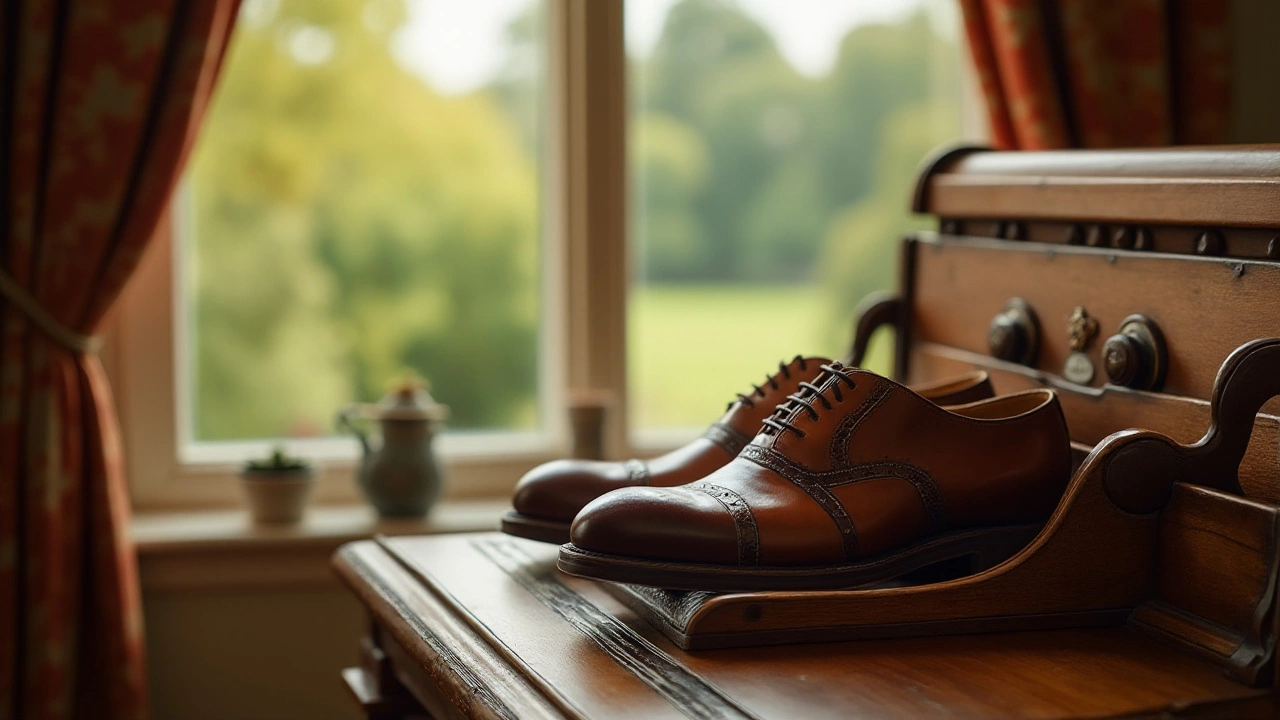Leather Maintenance: Keep Your Shoes Fresh and Comfortable
When you talk about leather maintenance, the set of habits that preserve, clean, and protect leather items so they stay functional and stylish. Also known as leather care, it covers everything from removing stains to applying conditioners. Leather maintenance isn’t just a chore; it’s the key to getting the most out of your investment.
One of the biggest sub‑topics is leather shoes, footwear made from natural hide that requires special attention to stay supple and last long. The fit of these shoes directly influences comfort and durability. A well‑fitting pair lets the leather breathe, while a too‑tight or too‑loose shoe can stretch the material unevenly and cause premature cracks.
Why Fit and Foot Health Matter
Another essential entity is foot health, the overall condition of your feet, including biomechanics, arch support, and skin health. Good foot health reduces friction, which means less wear on the leather. When your toes have room to move, the shoe doesn’t compress the leather excessively, keeping its grain intact.
Relatedly, shoe fit, the measurement of length, width, and volume that ensures a shoe matches the shape of your foot is a cornerstone of proper leather maintenance. A proper fit prevents the toe from constantly touching the shoe tip, a common cause of stretching and damage. It also helps you choose the right amount of conditioning—over‑conditioned leather on a tight shoe can feel sticky, while under‑conditioned leather on a loose shoe can creak.
These entities connect in several ways: Leather maintenance encompasses cleaning techniques and conditioning protocols; proper leather shoe fit requires regular measurement and occasional stretching; foot health influences leather shoe comfort and longevity; good shoe fit reduces the need for frequent repairs, extending the lifespan of the leather; and regular leather care, like conditioning, helps the material adapt to changes in fit over time. Understanding these links lets you manage each factor without guesswork.
Practical steps start with a simple routine: gently brush off dust, use a pH‑balanced leather cleaner, and apply a thin layer of conditioner suited to the leather’s finish. After conditioning, let the shoes air dry away from direct heat—heat can dry out the leather, making it brittle. Then, check the fit by standing and walking; there should be a thumb’s width of space between your longest toe and the shoe’s front. If the shoe feels tight, consider a professional stretch or a thicker insole; if it feels loose, a heel grip or a shoe tree can help maintain shape.
By keeping an eye on foot health—wearing moisture‑wicking socks, rotating shoes, and addressing any foot pain early—you give your leather the best environment to stay soft and resilient. This holistic approach means you’ll spend less on replacements and more on styling your favorite pairs.
Now that you’ve got the basics of leather maintenance, shoe fit, and foot health, the articles below dive deeper into each topic, offering detailed how‑tos, product recommendations, and answers to common questions. Browse through the collection to sharpen your leather care skills and keep every step comfortable and stylish.
- Cleo Fairchild
- Nov, 25 2024
- 0 Comments
Preserving Leather Shoes: What Happens When They're Unused
Leather shoes, a touch of class in any wardrobe, require proper care even when not in use. Neglecting them can lead to dryness, mold, and deformation. It's essential to understand the effects of leaving leather shoes unused and how to keep them in pristine condition. Simple tips like regular cleaning, proper storage, and conditioning can help extend their lifespan and beauty.
